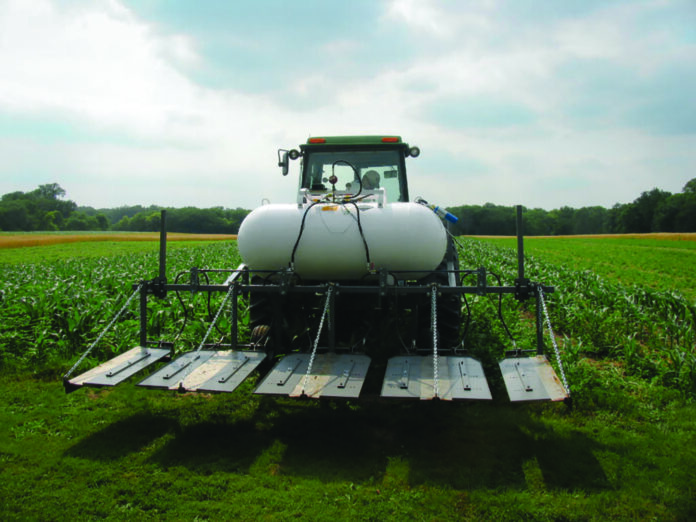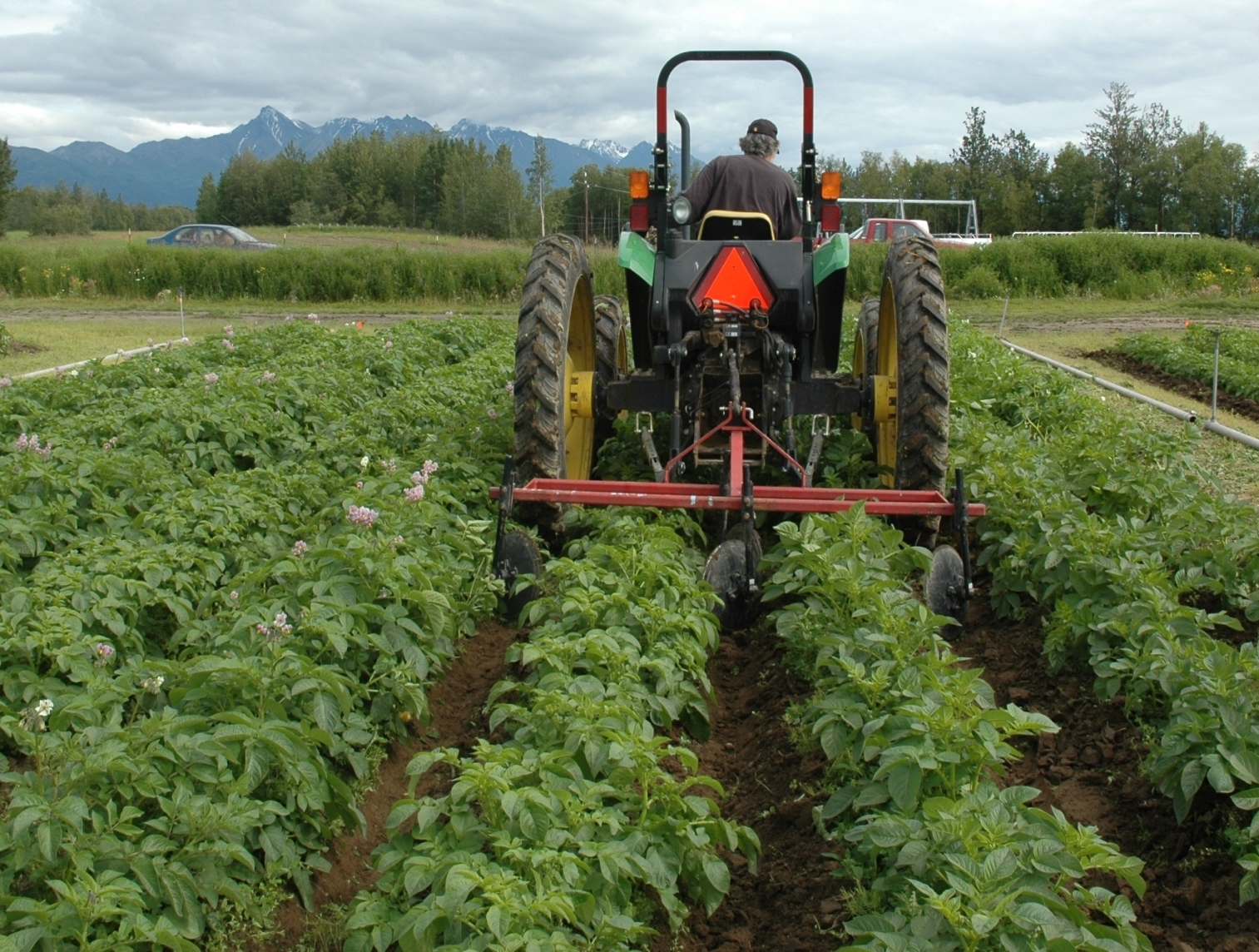Politics and society want more organic farming. But does the switch to organic farming really pay off for farmers? What are the costs, revenues and subsidies? Here are the facts!
It sounds like an endless success story: More and more farmers are converting their businesses to organic. And they are cultivating more and more areas. According to the Federal Statistical Office in the current 2020 agricultural census, around 10 percent of the agricultural area is currently being farmed by 10 percent of the farms. Almost 10,000 organic farms have been added in the last ten years. At the same time, the number of conventional farms has decreased by 45,400. If that is not an argument in favor of organic !?
But the share of production in the individual production areas – for example milk or grain – is considerably smaller than the share of organic producers – and there are economic reasons for this . In addition, there is one thing that people don’t like to talk about : Organic farms are also getting out of business. At least that was shown by a study by the Thünen Institute a few years ago. The reasons for this exit are also of an economic nature, as the Thünen scientists discovered at the time.
“This is a completely normal strategic decision for farmers,” said the agricultural economist responsible for the study, Jörn Sanders. And some farmers then even return to conventional production. At first glance this may not seem understandable, but a comparison of the operational and economic key figures of the two groups of companies can perhaps shed some light on the darkness.
The results of the test farms of the accounting network of the Federal Ministry of Agriculture provide a good basis for such a comparison. All agronomic and economic data are available there in detail over long periods of time.
Organic farming: Productivity is much worse
An important reason for conventional farmers to switch to organic is certainly the high prices. However, it is often forgotten that the costs in relation to the quantity produced are also very high. The reason is the significantly lower yields and animal performance .
A comparison of the most important branches of production in both areas, i.e. arable farming and milk production, shows that the grain yields of conventional farmers averaged 70 dt per hectare over the last ten years. At the same time, the organic farmers only harvested 34 dt per hectare – that is, just half as much. This of course has influence on the sales revenue.

If you take all aspects into account, this huge yield gap ultimately also has an impact on the sustainability of production – this has been shown by various studies . The main cause of the difference in yield is the renouncement of mineral fertilizers and chemical plant protection. This saves costs, but at the same time costs half of the yield.
more on the subjectAgriculture: Eco is not more sustainable than conventional
Three quarters of the income is subsidies
The main reason for the higher incomes of organic farms is not the higher prices or the – except for feed – lower farm costs, but rather the significantly higher subsidies . State subsidies for conventional farms have made up almost half of farm income on average over the last 10 years – for organic farms, three quarters of farm income are subsidies.
In figures: While conventional farmers received around 420 euros per hectare in subsidies and grants on a 10-year average, farms received around 623 euros. This includes the significantly higher payments for environmental measures of 230 euros – with an upward trend. In the end, the incomes of organic farms are around 10 percent higher. In addition, there are various regional funding measures from the federal states.
It also becomes clear that the apparent economic advantages of organic farms are above all a political decision – and not an economic one. The “competition as a discovery process” for the more advantageous form of cultivation is thus at least distorted. The economist and Nobel Prize laureate Friedrich von Hayek had said: “Competition is a process for the discovery of facts which, if it did not exist, either remained unknown or at least are not used”.
Despite the recent high growth rates at the producer and consumption level, the organic market is still relatively small – and, due to the lower productivity, also consistently smaller than the share of organic farmers in the respective market segment. This is shown by the following examples: The market share of organic grain in total grain production was below 3 percent, for milk just under 4 percent, for pigs even below 1 percent and for beef around 5 percent. The organic market share is only in the double-digit range for eggs and fruit and vegetables.
The fact is, however, that it would hardly be possible to supply the domestic market with these quantities. In addition, a decline in agricultural production, due to the lower productivity in organic farming – without a reduction in consumption – would lead to production being relocated abroad. That would also have negative consequences for the environment and quality standards – as studies show .
